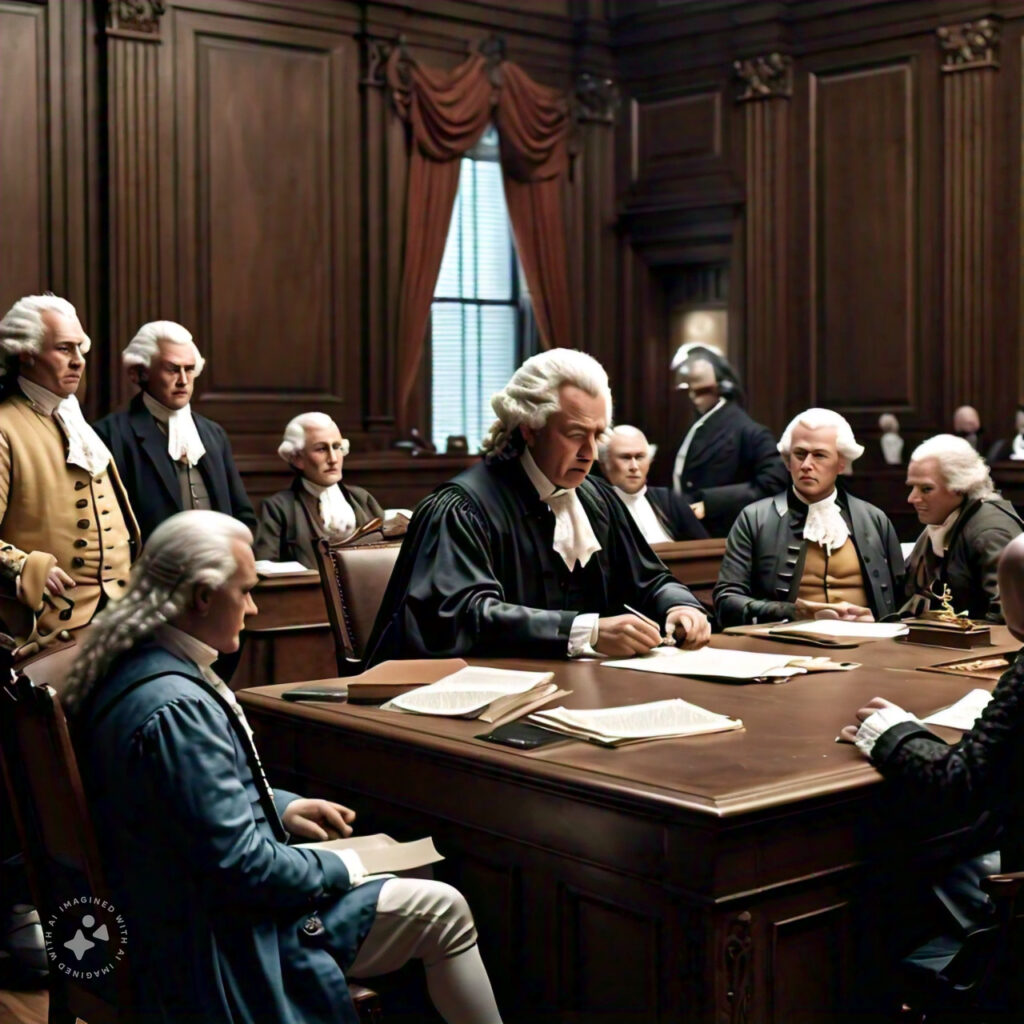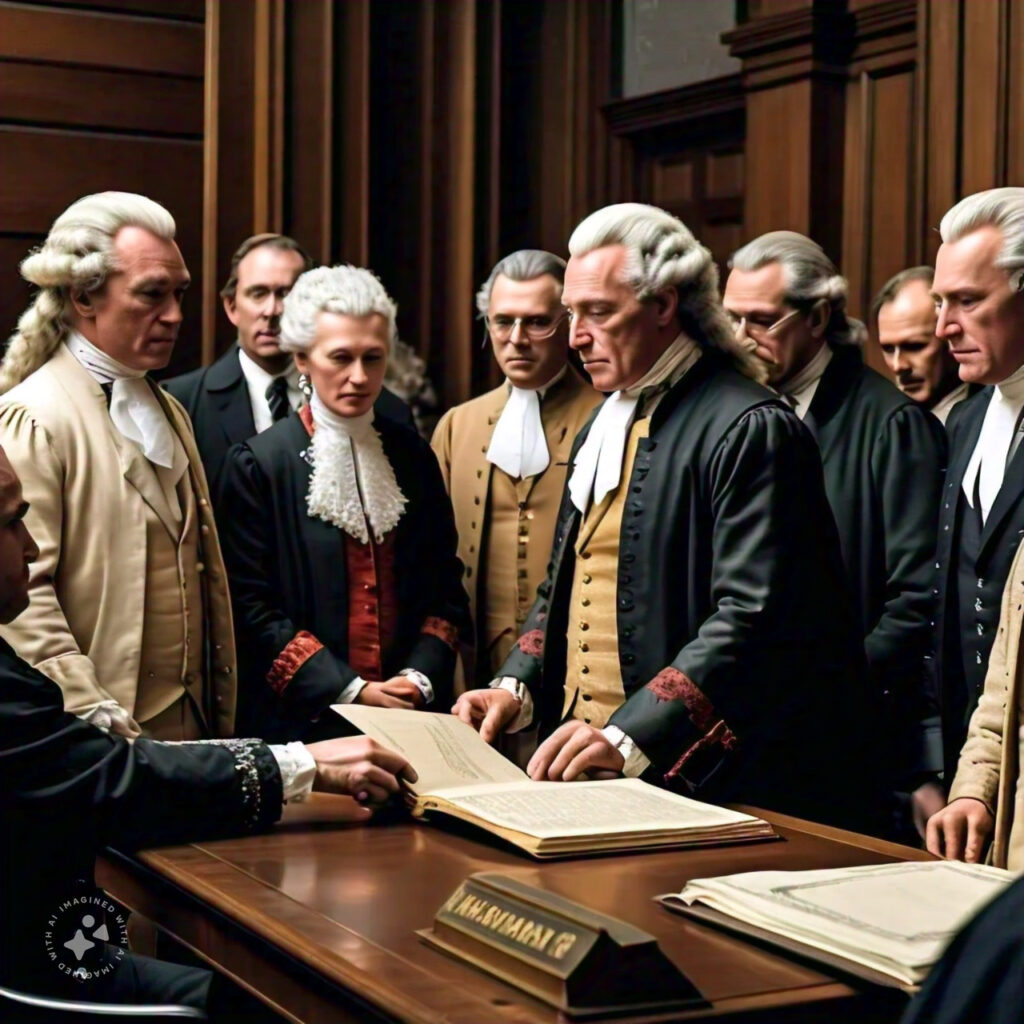
Powered By BlackTraumaGPT.com
Researched and Curated By Rev. Dr. Philippe SHOCK Matthews
(Black Trauma and Mental Health Specialist | Prompt Eng | GPT Dev | Research Scientist | Africana Phenomenologist | Black AI Corsortim co-Founder | Black Mental Health Podcast Host)
Grand Rising beloved family!
As I bring to the community to understand how race has become a technology of divide and conquer, I wanted to share how in recent years, scholars and researchers have increasingly turned their attention to examining the historical origins of racial categories, particularly the concept of whiteness. This exploration has revealed fascinating insights into how racial identity was deliberately constructed to serve specific social and economic purposes. Understanding this history is crucial for making sense of contemporary discussions about race, privilege, and social justice.
The Invention of a Category

One of the most striking revelations in this field of study is the understanding that “white people,” as a distinct social category, were quite literally invented. This isn’t to say that people with light skin didn’t exist before, but rather that the social and legal category of “whiteness” was deliberately constructed at a specific point in history.
This construction was primarily driven by the British elite, who created a new identity based on several key characteristics: being white, Christian, and freeborn. More importantly, this identity was explicitly tied to the idea of deserving certain rights and privileges that could be denied to others. This wasn’t just a passive development but an active process of identity creation, implemented through specific laws and policies.
A Tool for Social Division
The creation of whiteness served two primary functions that continue to resonate today. First, it was designed to divide humanity into distinct categories. This division wasn’t merely descriptive; it was prescriptive, creating and enforcing social hierarchies that would shape societies for centuries to come.
Second, and perhaps more significantly, this division was created to protect and advance the interests of the wealthy elite—the “1%” of their time. By establishing a racial hierarchy, the ruling class could maintain their control over resources and power while preventing the formation of broader coalitions that might challenge their authority.
Historical Context and Consequences
This invention of whiteness didn’t occur in isolation. It emerged during a period of profound global change, coinciding with colonialism, the transatlantic slave trade, and the early stages of what would become global capitalism. The new racial categories provided a convenient justification for exploitation and oppression, helping to rationalize the brutal practices that fueled colonial expansion and economic growth.
The consequences of this historical construction continue to reverberate through our society. The divisions created centuries ago have become deeply embedded in our social institutions, affecting everything from economic opportunities to educational access. Understanding this history helps explain why racial inequalities persist even in societies that have formally rejected racist policies.
Moving Beyond Historical Divisions

Recognizing whiteness as a constructed category rather than a biological reality opens up new possibilities for addressing racial inequality. If these categories were invented to serve specific purposes, they can be deconstructed and reimagined to serve different, more equitable ends.
This understanding calls for several key actions:
- Educational Reform: We need to incorporate this historical understanding into our educational systems, helping people understand how racial categories were constructed and why they persist.
- Institutional Change: Recognizing the constructed nature of racial categories should inform efforts to reform institutions that continue to perpetuate racial inequalities.
- Coalition Building: Understanding how racial divisions were created to prevent solidarity among different groups can inform modern efforts to build cross-racial coalitions for social justice.
The Path Forward
The goal of examining this history isn’t to assign blame or generate guilt. Instead, it’s to understand how our current social structures came to be and how we might work to create more equitable alternatives. This understanding can help us move beyond the artificial divisions of the past and work toward a future where opportunity and justice aren’t determined by racial categories.
This requires both individual and collective action. At an individual level, we must examine our own assumptions and biases about race, understanding how these historical constructions might have shaped them. At a collective level, we need to work together to dismantle systems of inequality and create new structures based on principles of justice and equity.
Conclusion
The invention of whiteness as a social category was a deliberate act with far-reaching consequences. Understanding this history is crucial for making sense of contemporary racial dynamics and working toward meaningful change. By recognizing how these categories were constructed to divide and control, we can better understand how to deconstruct them in service of building a more equitable and just society.
As we move forward, this understanding should inform our approaches to addressing racial inequality, shaping everything from policy reforms to grassroots organizing. The path to racial justice begins with understanding how racial categories were constructed in the first place, and using that knowledge to build something better.
This history reminds us that what was constructed can be deconstructed, and what was divided can be united. The challenge before us is to use this understanding to create new narratives and structures that promote unity, justice, and equality for all.
If nothing is wrong with you and something happened to you…are you ready to find out what to do about it? Shock Trauma Spiritual Counseling Discovery Call | BlackTraumaGPT.com: Beginner’s User Guide | Programming chatGPT for Black Self Mental Health, Trauma, and Healing.
GET THE BOOK!
Dr. Jacqueline Battalora is the author of Birth of a White Nation: The Invention of White People and Its Relevance Today https://amzn.to/3YYr7QM
RESOURCES:
- Part 1: The Machinery of Racism: A Four-Part Exploration of Race As A Technology https://bit.ly/4eU9hUm
- Part 2: The Race Technology of Stating https://bit.ly/3BHEY4K
- Part 3: The Race Technology of Mixing https://t.ly/GW0Ix
- Part 4: The Race Technology of Spacing https://t.ly/mMjEg
Enjoying Our Content?
Become a member of our Patreon to get the latest research on Racial Black Trauma! https://www.patreon.com/revshock. Or buy Rev. SHOCK a Coffee! https://bit.ly/3yg5D7A


Book A Discovery Call
Are you ready to SHOCKtrauma? Click HERE now to book a discovery call with Rev. Dr. Philippe SHOCK Matthews

Get Social with Doc SHOCK:
PATREON: https://t.ly/mjksf | REV. DR. SHOCK (PERPLEXITY PAGE): https://t.ly/ppjwh | SOLO: https://solo.to/revshock | BIO: https://t.ly/Ko_y_ | BLOG: https://t.ly/j6bh0 | PODCAST: https://t.ly/cB5GD | ENDORSEMENT: https://t.ly/jFErO | THREADS: https://t.ly/SoKkT | IG: https://t.ly/XsN8f | FB: https://t.ly/R3r9Y | X: https://t.ly/iJ-wy | LINKEDIN: https://t.ly/GZ0pe | TIKTOK: https://t.ly/zfp60 | BLACK TRAUMA GPT: https://t.ly/vswbs | BLACK AI CONSORTIUM: https://t.ly/uiRZN | BOOKS BY PM: https://t.ly/vvHMd
